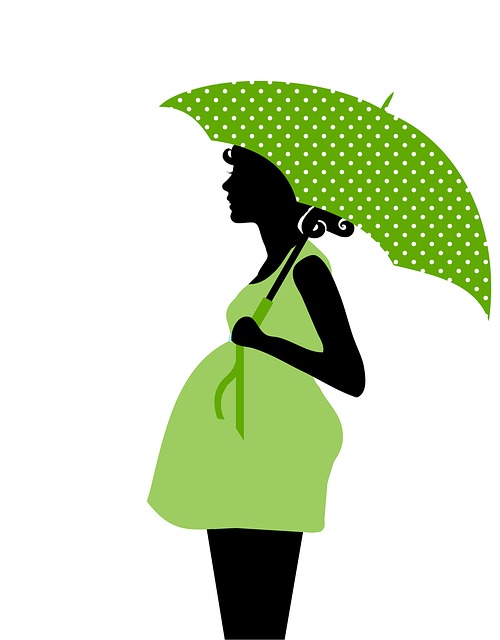All employers are under a duty to protect the health and safety of all their employees, but there are special duties that apply to new and expectant mothers in the work place, writes Stuart Jones, head of employment, pensions and immigration at Weightmans LLP. So what do employers need to know?
General Risk Assessment
The Management of Health and Safety at Work Regulations 1999 (MHSW) require employers to carry out a ‘suitable and sufficient’ assessment of any risks employees are exposed to while at work.
This includes an assessment of the risks to the health and safety of any new and expectant mothers and their babies (Regulation 16 MHSW). Even though this obligation kicks in when the work presents a special risk, it is best practice to carry out this exercise in any event.

Remember that ‘risk’ may include work related stress and long working hours as well as physical work such as lifting and carrying.
Failure to consider specific risks to this group can be an act of pregnancy discrimination or sex discrimination. There is no legal obligation to address risks until an employee informs you of their pregnancy but it is best practice to take immediate action once they do.
Individual Risk Assessment
Once an employee gives written notice to her employer that she is pregnant, has given birth within the last 6 months or is breastfeeding, the employer must assess if anything further must be done to avoid risks specific to her and to the work she performs. This will usually involve revisiting any earlier, general risk assessment.
Do the measures already taken to avoid risk adequately protect this particular employee? If not, what more needs to be done? It is important to closely involve the employee in this process and provide feedback on the outcome.
Again, this obligation only arises where the work done presents specific risk and you receive written notice, but it is best practice to individually assess employees as a matter of course as soon as you know they are pregnant.
Addressing Risk: 3 Key Steps
Employees should not be obliged to take sick leave due to a health and safety risk at work (as this may affect their maternity pay and leave). Where any risks are identified it is important to adopt a thorough and structured approach to tackling them.
Step 1 : Adjustments
Employers should consider making temporary changes to working conditions or hours of work, for example allowing extra breaks, permitting later starts or early finishes or allowing the employee to refrain from particular activities. Failure to implement any changes identified by risk assessments is likely to lead to a discrimination claim.
However, be wary of altering an employee’s hours of work without consent, especially where this would involve a loss in salary, as you may face claims for discrimination or even constructive dismissal. Consultation with the employee is the key to establishing what steps are reasonable.
Step 2: Alternatives
If it is not possible to address risk through temporary changes, the employee should be offered suitable alternative work on terms as favourable as their regular employment. This means that they must receive normal pay (which may include any allowances or pay components they received in their regular role). Alternative work will be ‘suitable’ if it broadly accords with the employee’s skills and status in their regular role and is appropriate for them to perform considering their circumstances.
Step 3: Suspension
Suspension is a last resort, to be used when other options have been considered and discounted. The employee must receive normal pay and contractual benefits. Suspension should only last as long as is necessary to protect the health and safety of mother and baby. Suspension need not be paid if the employee has unreasonably refused suitable alternative work. However tread with great care here. Whether refusal is ‘reasonable’ is to some extent subjective and will be construed in the employee’s favour.
Remember that your health and safety obligations continue when an employee returns to work. For example, you may be required to make changes to working conditions or hours of work to accommodate a breastfeeding employee.


